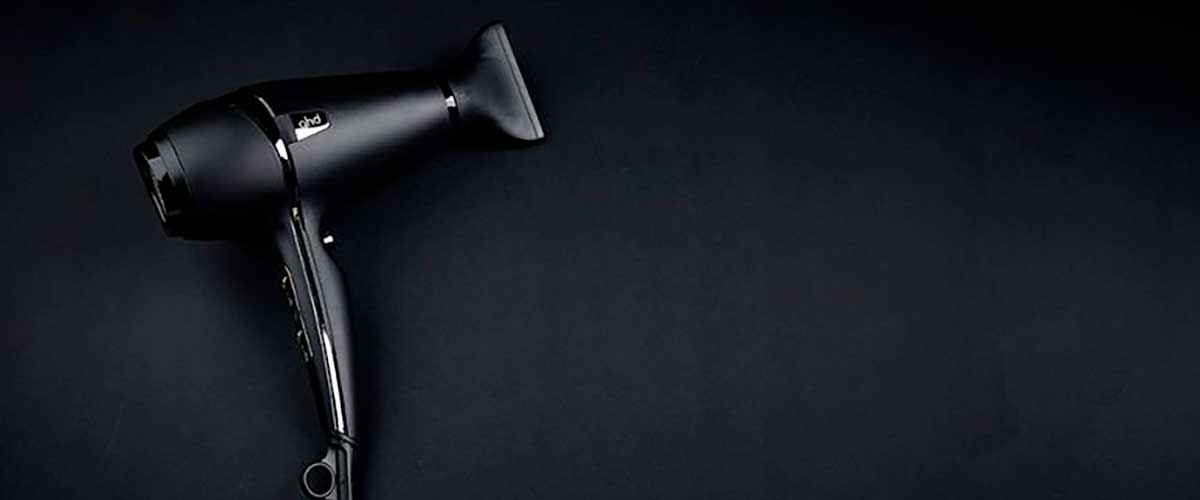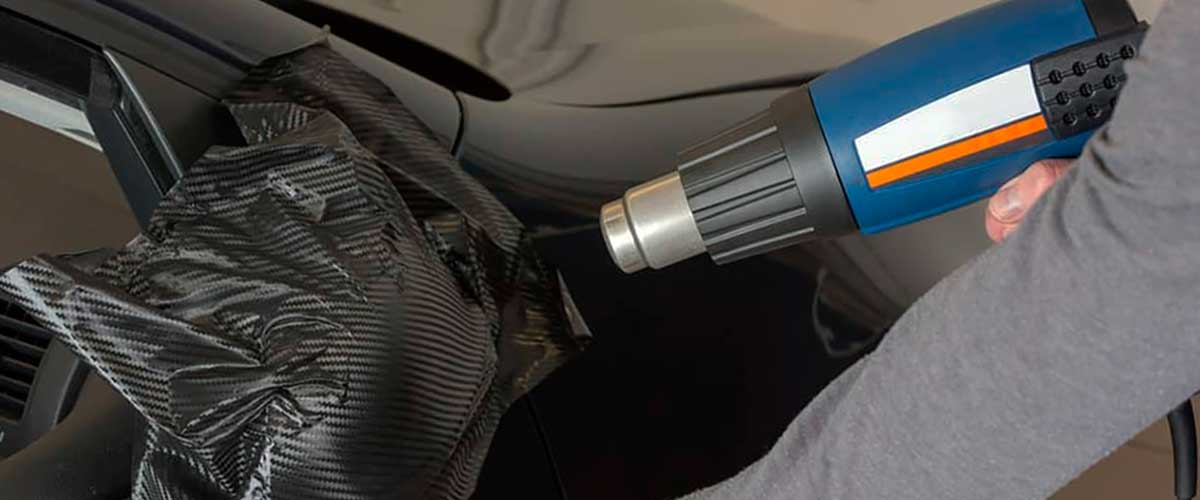The big shiny hairdryer you or your loved one use to draw moisture out of your wet hair really looks very much like a heat gun. That’s why it is worth asking the question: can you use your conventional home appliance for any applications typical for its professional counterpart?
Heat guns find their application in the construction, architecture, and automotive industry. But they are also helpful for small-time DIYers that need to do some work at their house or apartment. In such cases, it is tempting to take the opportunity and save some money on buying a dedicated tool.
What is the difference between a heat gun and a hairdryer?
While a hairdryer is intended to dry your hair, as its name implies, a heat gun can do various tasks requiring high temperatures. Both devices have the same basic design – a long nozzle at one end with a heating element inside and a fan at the opposite end that feeds air into the nozzle.
The main difference between the two devices is the speed and the temperature of airflow. Heat guns can produce temperatures up to 1000°F (537°C ), with some industrial versions reaching as high as 1400°F (760°C). Hairdryers can be adjustable, but their maximum temperature is usually around 140°F (60°C).
Heat guns can soften or even melt various objects. The typical applications of these devices are stripping paint and welding plastics. And, in terms of such things, they are unrivaled. But heat guns are also used when their maximum performance is not actually necessary. In such cases, you have to select the mode with reduced heating power or increase the distance to an object you are working with to avoid overheating. And the question in the title of this article is relevant for applications of this type.

What kinds of work can you do with a hairdryer?
One thing you can do with a hairdryer is to loosen up the adhesive. For example, IKEA furniture pieces such as PAX wardrobes and KALLAX cubes are assembled with polyurethane adhesives that form strong bonds under the influence of heat. Using a hairdryer for several minutes, you can soften the adhesive and separate the parts of an item you want to disassemble.
A hairdryer’s performance should also be sufficient for softening candle wax, polystyrene foams, some kinds of plastic (like PVC or Nylon), and upholstery padding. You can also use it for loosening up rusted bolts or removing window putty. It may not be as effective as a heat gun, but it should produce the same results if you are patient enough.
Some people use a hairdryer also to speed up the paint drying time. However, it is probably not a good idea to do so for large areas because there’s a chance that the heat will warp or melt the plastic case of your device.
What can’t you do with a hairdryer?
Heat guns produce higher temperatures, and their design allows longer periods of operation, making them irreplaceable tools in certain types of work.
As already mentioned, you cannot use a hairdryer for stripping paint off doors and window sills. It is simply not hot enough for that. You can also forget about using it to remove wallpaper.
There are other jobs that need higher temperatures than a hairdryer can give, such as soldering or brazing. So if your task is to melt a material, then you should definitely use a heat gun. Not a lot of materials you can find at home have their melting points at less than 200 °F (93 °C). Just imagine what would become of your scalp if your hairdryer were capable of reaching such temperature. Ice and butter are maybe the only items you can think of that you can melt with a hairdryer.
Heat guns are also a better choice for many other tasks like shrinking shrink tubing, thawing frozen water pipes, preheating hot-glue guns, or removing glue residue from surfaces. However, you should be aware of the following limitations of heat guns: they can burn or discolor some materials, so pay attention to what you are doing.

Can you use a hairdryer as a heat gun for vinyl?
It’s a common question. The good news is that it doesn’t take much heat for the vinyl to become malleable. Flexible PVC film begins to soften at about 140°F (60°C). It is due to the presence of a plasticizer. The more plasticizer there is – the lower the temperature at which it melts. So you can actually use a hairdryer.
But there are also vinyl film products with a higher softening point. For example, vinyl films used to wrap cars typically require temperatures 203°F – 248°F (95°C – 120°C) when you need to mold them on curved surfaces.
Using a hairdryer as a heat gun: yes or no?
For sure, hairdryers are not heat guns and never will be. If you purchase a hairdryer that claims to be a heat gun, then it’s probably just trying to rip you off with marketing tricks. But a hairdryer can be an effective substitute for a heat gun in some cases. It’s probably the cheapest heat source you can find, and it will work just fine on small objects.
A heat gun is a more versatile device that you can use for many different purposes except for drying hair (obviously). But the next time you just need to soften an object using heat, don’t rush off to the hardware store and spend money on a professional tool. Instead, see if your hairdryer can do the job for you.














